
Intel Targets DAOS Object Storage At More Than HPC
Intel is looking to position itself as a leader in AI and HPC through a holistic approach that plays to the company’s strengths across a broad swath of the IT ecosystem. …

Intel is looking to position itself as a leader in AI and HPC through a holistic approach that plays to the company’s strengths across a broad swath of the IT ecosystem. …
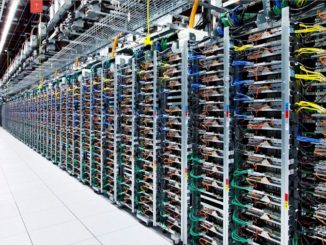
Digitally prototyping complex designs, such as large physical structures, biological features, and micro-electromechanical systems (MEMS) requires supercomputers running sophisticated multiphysics solvers. …
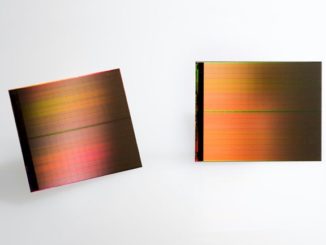
Like many system architects the world over, we had high hopes for the 3D XPoint variant of phase change memory (PCM) when it launched with much fanfare back in July 2015 after being developed jointly by Intel and Micron Technology for many, many years. …
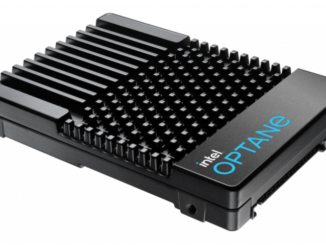
Intel in October clarified its memory plans moving forward when it announced it is selling its NAND memory business to SK Hynix in a two-step acquisition that is worth $9 billion and will take until 2025 to be completed. …
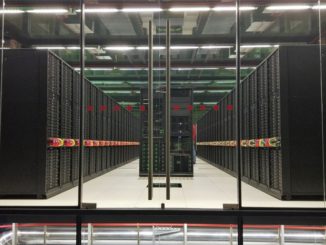
Antonio Peña, senior researcher at the Barcelona Supercomputing Center, and his team in Spain have demonstrated how – without code modification – large data centers can increase application performance while saving megawatts of power per day plus run 100X to 10,000X larger AI inference jobs that can handle encrypted data. …

If you reduce systems down to their bare essentials, everything exists in those systems to manipulate data in memory, and like human beings, all that really exists for any of us is what is in memory. …

The drive toward exascale computing is giving researchers the largest HPC systems ever built, yet key bottlenecks persist: More memory to accommodate larger datasets, persistent memory for storing data on the memory bus instead of drives, and the lowest power consumption possible. …
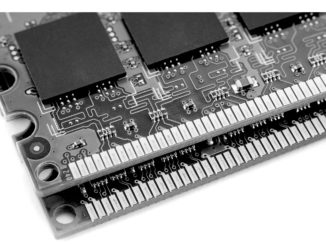
Forget in-memory computing for the moment because it requires a complete re-architecting of applications and most of the time the underlying hardware, too. …
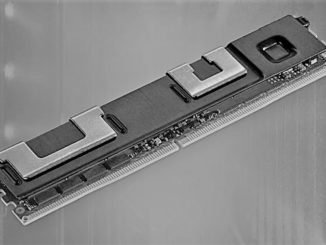
We have published a number of stories lately that talk about the innovative uses of Intel’s 3D XPoint Optane persistent memory modules, which are a key component of the company’s “Cascade Lake” Xeon SP systems and which are also becoming a foundational technology in clustered storage based on NVM-Express over Fabrics interconnects from a number of storage upstarts. …
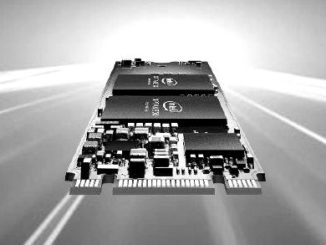
The ramp for Intel’s Optane 3D XPoint memory, which sits between DDR4 main memory and flash or disk storage, or beside main memory, in the storage hierarchy, is going to shake up the server market. …
All Content Copyright The Next Platform